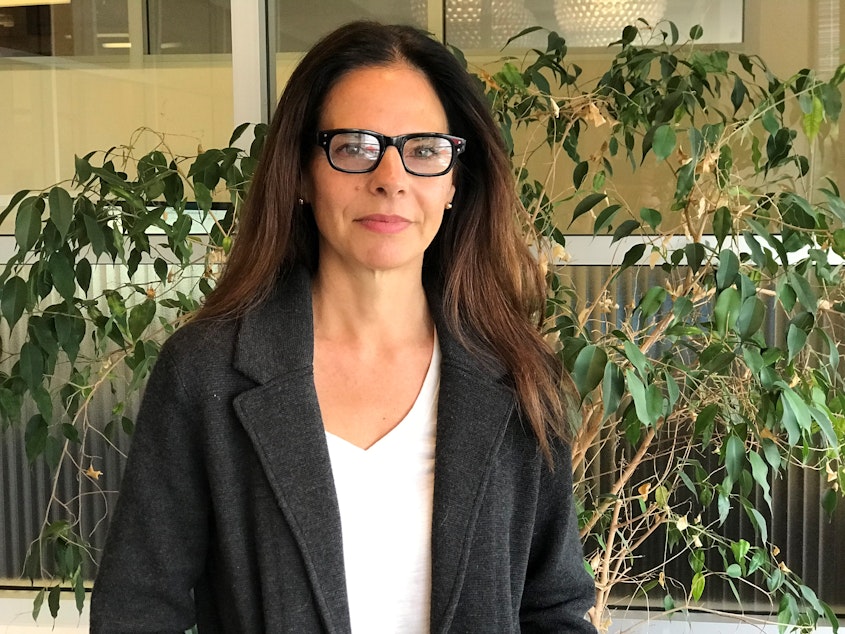For kids of color, return to school can be scary

For many kids, this is an exciting time of year — heading back to school, hanging out with friends.
But some kids of color, especially African-American boys, dread the experience. Why is that?
Gail Joseph runs the University of Washington’s Cultivate Learning project and is an advocate for improving the quality of early learning. She spoke with KUOW’s Angela King.
King: A recent report about schools in Washington says black preschoolers and kindergartners face higher discipline and expulsion rates. In elementary schools, the rate was four times that of white children.
Joseph: Well sadly, it doesn't surprise me because we've seen data that suggests that preschoolers get expelled and suspended at far higher rates than what happens in K-12.
And I think more recently the concerning part has been that that's very much racialized, that there is such a disproportionate amount of young African-American children that are being suspended and expelled as compared to white children.
So what's going on here with teachers and caregivers?
I think a likely source of this is what we know to be implicit biases in teachers, where they might be looking at children of color more frequently for causes of challenging behavior and actually enforcing harsher discipline rates than they would with white children who are exhibiting the same behaviors.
And then there's something called the three B's. What is that?
Walter Gilliam from Yale did some studies and found that if you are bigger, if you are black, and if you are a boy, then you are more likely to be suspended or expelled.
According to data from 2015, African-American and Hispanic students accounted for the most suspensions and all expulsions in Seattle Public Schools -- even though they represent only about one quarter of the district's population. Why are these numbers so high?
Well you know those numbers that you're citing are from K-12. And what we know is that suspensions and expulsions happen far more often in preschool settings and that if a child is removed from a child care or preschool setting due to challenging behavior, they're far more likely to be suspended and expelled later in schooling and even more likely to be dropping out. And even more likely to be incarcerated later in life.
Editor's note: Since 2015, Seattle Public Schools have instituted measures to cut down on suspensions and expulsions. And the state last month adopted new rules meant to reduce the number of children suspended from school.




